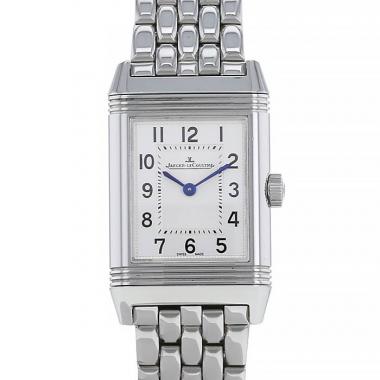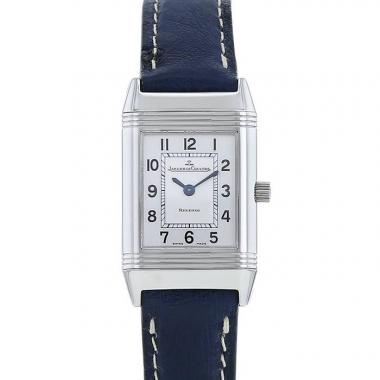The history of Jaeger-LeCoultre Reverso Lady
Jaeger-LeCoultre’s Reverso watch, which first appeared in 1931 following the work of René Alfred Chavuet, is now an unequalled ico
Minimise
Jaeger-LeCoultre Reverso Lady Watches
Jaeger-LeCoultre’s Reverso watch, which first appeared in 1931 following the work of René Alfred Chavuet, is now an unequalled icon of luxury watchmaking, embodying modernity and mobility.
The Reverso’s fully pivoting case allowed Chauvet to meet the challenge posed by polo-playing British officers in India: to create a watch that could withstand the forces of a polo match. Once the pivoting case clicks shut, the metal base is shown. With custom engraving available on request, each Reverso model became a precious and unique piece of artwork.
Designed for polo players who were tired of breaking their watch dials during matches, all Reversos share a set of common characteristics: a customizable and pivoting rectangular case featuring Art Deco-style fluted edging to protect the glass and the dial. More than a watch, Jaeger-LeCoultre’s Reverso is now acknowledged as an Art Deco classic thanks to the unique design of its case.
Since its launch, the Reverso has evolved significantly and today there are more than ten Reverso models, some of which are more common in the second hand market.
Designed just for women, the Reverso Lady watch is distinguished from the classic Reverso by its finer housing. The Lady Reverso by Jaeger-LeCoultre is available in various materials and with numerous bracelets, sometimes original but always elegant.











